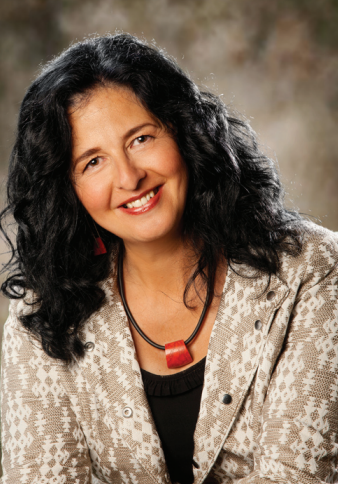RAMŠAK, Mojca. O vonju, njegovih pomenih, vohalni dediščini in muzejih. Etnolog : glasnik Slovenskega etnografskega muzeja. [Nova vrsta], ISSN 0354-0316. [Tiskana izd.], 2021, letn. 31 = 82, str. 111-132, ilustr. [COBISS.SI-ID 93469443]
The article presents ways in which anthropology has approached the subject of smell, basic documents on olfactory heritage, theoretical starting points, and museum practices related to the documentation and presentation of this heritage. Sensory museology, which includes the sense of smell, is increasingly entering museums with innovative approaches that enrich knowledge of scents from the past and raise awareness of the fifth sense. Read full article.
Summary
About smell, its meanings, olfactory heritage and museums
Olfactory heritage is an aspect of cultural heritage that deals with smells, which are important for a community due to their connections with important places, practices or tradition. The science of olfactory heritage is a newer research area, focusing on scientific techniques for the analysis, documentation and preservation of smells and aspects of understanding their importance. Researching olfactory heritage includes numerous disciplines, such as medicine – neurology, chemistry, anthropology, ethnology, archaeology, heritology, natural sciences, philosophy, psychology and history.
This scientific field began developing in the 1980s. Studies about the culture of smells were carried out in a number of ways, but most of the literature on this theme focuses either on the linguisticsemiotic analysis of olfactory notions, the essence of which is smell as a universal language, or on anthropological comparisons of olfactory meanings, which emphasise common characteristics and differences between cultures. Because of the intangible and ephemeral nature of smells, one of the main challenges in studying olfactory heritage is the development of methodology for documenting and archiving smells for the future. Currently, a number of techniques are used, such as “smell mapping”, together with ethnological methods, tracing sensory references in historic accounts and odour wheel graphs, showing chemical and sensory characteristics.
Olfactory sensing can be connected with memory, including the memory of visiting a museum, as well as with traditions and the intangible heritage, and generational identity. The olfactory characteristics of objects and heritage locations are not systematically researched or documented, let alone preserved or protected. Consequently, little is known about the smells of the past. Scientific research into historic smells recognises important information about smells and the value they add to our cultural heritage. The characterisation of smell is shaped by numerous factors, including culture and the historic period, so that the documentation of a smell at a particular time contributes to its interpretation and future accessibility.
Although music, some sounds or even smells from the past can be reproduced, today‘s people cannot understand or experience these sounds or smells in the same way as people in the past, since the meanings of sensations have changed. Senses can be understood only in their specific social and historical contexts. In spite of this, museums strive for the experiences of their visitors to be as genuine as possible, and bringing closer the sensory historic experiences for educational purposes can be very effective. Museums keep proofs of the past, which they can infuse with a sensory life. Museums can bring to life the past through the use of multiple-senses. Although some sensory information cannot be copied, taking into account synaesthesia or increased sensory awareness that happens with the experiencing of information sensed by a number of senses can be very useful in creating museum exhibitions. When due to budgetary or other limitations it is impossible to actually include the smells, sounds or tastes, descriptions of sensory information (on wall texts or in exhibition catalogues) can serve the same purpose. Smells connected with an exhibition can be obtained both through the inclusion of smells and through the imagination.
About the author

Mojca Ramšak, PhD, full professor, is an ethnologist and philosopher. She works at the Department of Ethnology and Cultural Anthropology at the Faculty of Arts and at the Institute of History of Medicine at the Faculty of Medicine at the University of Ljubljana and as part of the Heritage Science Lab Ljubljana team at the Faculty of Chemistry and Chemical Technology. She researches the fields of ethnology, cultural and social anthropology and folklore. Her studies reach beyond the borders of disciplinary frameworks, emphasising application and the use of critical, experimental and traditional forms of qualitative research in the interest of social justice, dignity and human rights. She has written eight academic monographs on medical anthropology, medical humanities, narrative medicine, the history of ethnomedicine, public health, marketing in medicine, legal medical themes and the cultural history of the human body.
For more details about the article please contact Mojca.
